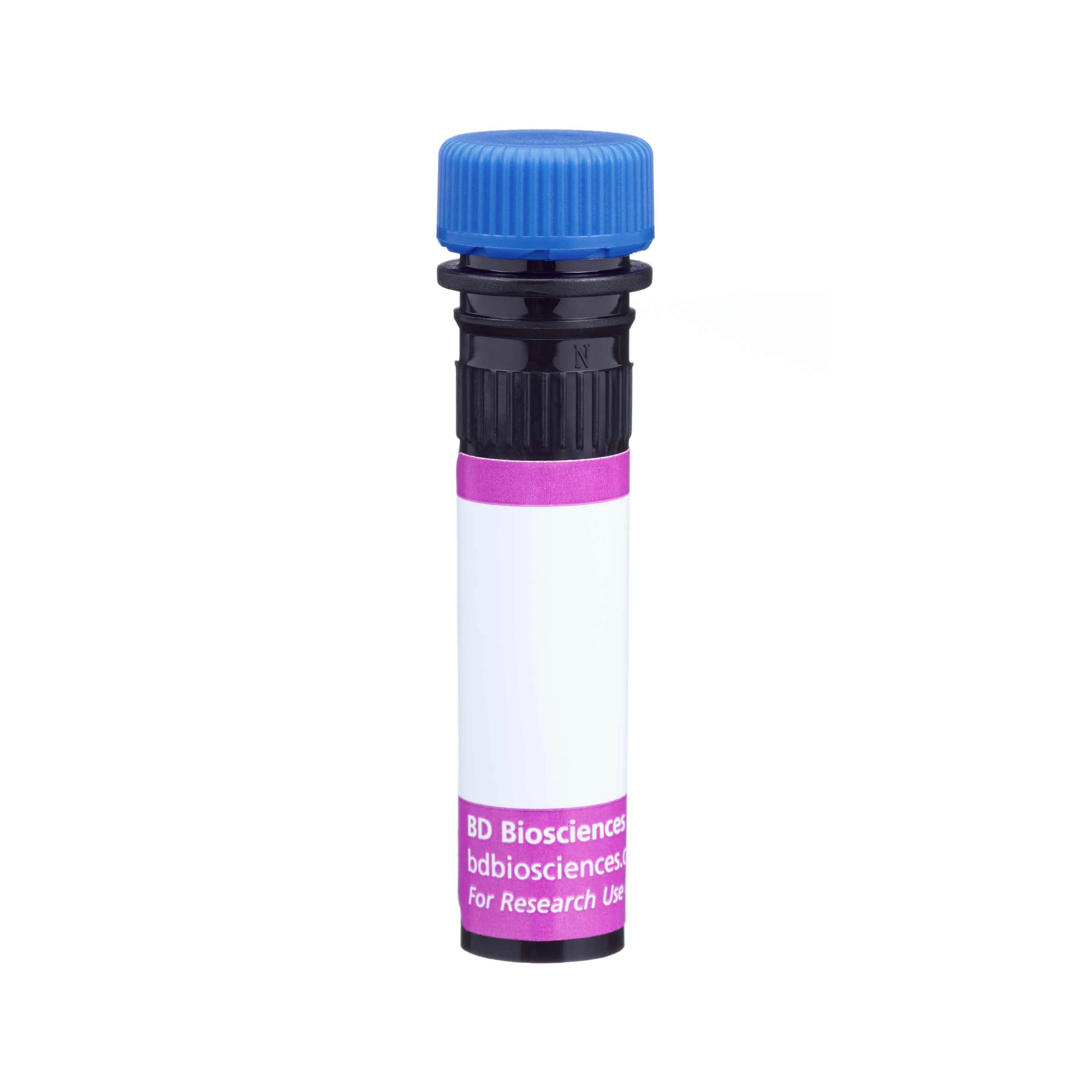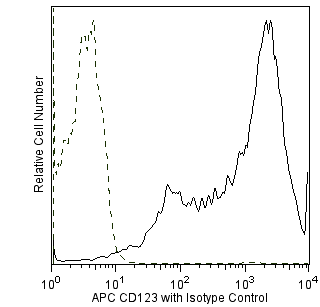-
Reagents
- Flow Cytometry Reagents
-
Western Blotting and Molecular Reagents
- Immunoassay Reagents
-
Single-Cell Multiomics Reagents
- BD® AbSeq Assay
- BD Rhapsody™ Accessory Kits
- BD® Single-Cell Multiplexing Kit
- BD Rhapsody™ Targeted mRNA Kits
- BD Rhapsody™ Whole Transcriptome Analysis (WTA) Amplification Kit
- BD Rhapsody™ TCR/BCR Profiling Assays for Human and Mouse
- BD® OMICS-Guard Sample Preservation Buffer
- BD Rhapsody™ ATAC-Seq Assays
-
Functional Assays
-
Microscopy and Imaging Reagents
-
Cell Preparation and Separation Reagents
-
Training
- Flow Cytometry Basic Training
-
Product-Based Training
- BD FACSDiscover™ S8 Cell Sorter Product Training
- Accuri C6 Plus Product-Based Training
- FACSAria Product Based Training
- FACSCanto Product-Based Training
- FACSLyric Product-Based Training
- FACSMelody Product-Based Training
- FACSymphony Product-Based Training
- HTS Product-Based Training
- LSRFortessa Product-Based Training
- Advanced Training
-
- BD® AbSeq Assay
- BD Rhapsody™ Accessory Kits
- BD® Single-Cell Multiplexing Kit
- BD Rhapsody™ Targeted mRNA Kits
- BD Rhapsody™ Whole Transcriptome Analysis (WTA) Amplification Kit
- BD Rhapsody™ TCR/BCR Profiling Assays for Human and Mouse
- BD® OMICS-Guard Sample Preservation Buffer
- BD Rhapsody™ ATAC-Seq Assays
-
- BD FACSDiscover™ S8 Cell Sorter Product Training
- Accuri C6 Plus Product-Based Training
- FACSAria Product Based Training
- FACSCanto Product-Based Training
- FACSLyric Product-Based Training
- FACSMelody Product-Based Training
- FACSymphony Product-Based Training
- HTS Product-Based Training
- LSRFortessa Product-Based Training
- United States (English)
-
Change country/language
Old Browser
This page has been recently translated and is available in French now.
Looks like you're visiting us from {countryName}.
Would you like to stay on the current country site or be switched to your country?




Two-color flow cytometric analysis of Neuropilin-1 (CD304) expression on human peripheral blood lymphoid cells. Human peripheral blood mononuclear cells were stained with APC Mouse Anti-Human CD123 antibody (Cat. No. 560087) and either BD Horizon™ BV421 Mouse IgG2b, κ Isotype Control (Cat. No. 562748; Left Plot) or BD Horizon BV421 Mouse Anti-Human Neuropilin-1 (CD304) antibody (Cat. No. 565953/565954; Right Plot). Two-color flow cytometric contour plots showing the correlated expression of CD123 versus Neuropilin-1 (CD304) [or Ig Isotype control staining] were derived from gated events with the forward and side light-scatter characteristics of viable lymphoid cells. Flow cytometric analysis was performed using a BD LSRFortessa™ Cell Analyzer System.


BD Horizon™ BV421 Mouse Anti-Human Neuropilin-1 (CD304)

Regulatory Status Legend
Any use of products other than the permitted use without the express written authorization of Becton, Dickinson and Company is strictly prohibited.
Preparation And Storage
Recommended Assay Procedures
For optimal and reproducible results, BD Horizon Brilliant Stain Buffer should be used anytime two or more BD Horizon Brilliant dyes are used in the same experiment. Fluorescent dye interactions may cause staining artifacts which may affect data interpretation. The BD Horizon Brilliant Stain Buffer was designed to minimize these interactions. More information can be found in the Technical Data Sheet of the BD Horizon Brilliant Stain Buffer (Cat. No. 563794).
Product Notices
- This reagent has been pre-diluted for use at the recommended Volume per Test. We typically use 1 × 10^6 cells in a 100-µl experimental sample (a test).
- Please refer to www.bdbiosciences.com/us/s/resources for technical protocols.
- Pacific Blue™ is a trademark of Molecular Probes, Inc., Eugene, OR.
- Caution: Sodium azide yields highly toxic hydrazoic acid under acidic conditions. Dilute azide compounds in running water before discarding to avoid accumulation of potentially explosive deposits in plumbing.
- For fluorochrome spectra and suitable instrument settings, please refer to our Multicolor Flow Cytometry web page at www.bdbiosciences.com/colors.
- Source of all serum proteins is from USDA inspected abattoirs located in the United States.
- An isotype control should be used at the same concentration as the antibody of interest.
Companion Products





The U21-1283 monoclonal antibody specifically recognizes Neuropilin-1 (NRP1), also known as CD304, Blood dendritic cell antigen 4 (BDCA4), and Vascular endothelial cell growth factor 165 receptor (VEGF165R). CD304 is a type I transmembrane glycoprotein involved in the development of the nervous and cardiovascular systems. It mediates the interaction, growth, survival, and migration of a variety of normal and tumor cells. CD304 is expressed on neurons, thymocytes, regulatory T cells, a subset of T follicular helper cells, dendritic cells, endothelial cells, and certain tumor cells. Neuropilin-1 has a very short cytoplasmic domain and interacts with various coreceptors to form ligand-binding, signal-transducing receptor complexes. CD304 complexes with Plexin-A family members to bind chemorepellent Class 3 Semaphorins and guide neuronal axon growth. It also functions as a coreceptor with VEGFR2/CD309 to stimulate angiogenesis in response to VEGF165. CD304 mediates the interactions between some T cells and dendritic cells.
The antibody was conjugated to BD Horizon BV421 which is part of the BD Horizon Brilliant™ Violet family of dyes. With an Ex Max of 407-nm and Em Max at 421-nm, BD Horizon BV421 can be excited by the violet laser and detected in the standard Pacific Blue™ filter set (eg, 450/50-nm filter). BD Horizon BV421 conjugates are very bright, often exhibiting a 10 fold improvement in brightness compared to Pacific Blue conjugates.

Development References (6)
-
Bruder D et al. Neuropilin-1: a surface marker of regulatory T cells.. Eur J Immunol. 2004; 34(3):623-630. (Biology). View Reference
-
Dzionek A et al. BDCA-2, BDCA-3, and BDCA-4: three markers for distinct subsets of dendritic cells in human peripheral blood.. J Immunol. 2000; 165(11):6037-6046. (Biology). View Reference
-
Mizui M, Kumanogoh A, Kikutani H. Immune semaphorins: novel features of neural guidance molecules.. J Clin Immunol. 2009; 29(1):1-11. (Biology). View Reference
-
Pan Q et al. Neuropilin-1 binds to VEGF121 and regulates endothelial cell migration and sprouting.. J Biol Chem. 2007; 282(33):24049-24056. (Biology). View Reference
-
Renand A, Milpied P, Rossignol J, et al. Neuropilin-1 expression characterizes T follicular helper (Tfh) cells activated during B cell differentiation in human secondary lymphoid organs.. PLoS ONE. 2013; 8(12):e85589. (Biology). View Reference
-
Soker S, Takashima S, Miao HQ, Neufeld G, Klagsbrun M. Neuropilin-1 is expressed by endothelial and tumor cells as an isoform-specific receptor for vascular endothelial growth factor.. Cell. 1998; 92(6):735-45. (Biology). View Reference
Please refer to Support Documents for Quality Certificates
Global - Refer to manufacturer's instructions for use and related User Manuals and Technical data sheets before using this products as described
Comparisons, where applicable, are made against older BD Technology, manual methods or are general performance claims. Comparisons are not made against non-BD technologies, unless otherwise noted.
For Research Use Only. Not for use in diagnostic or therapeutic procedures.
Report a Site Issue
This form is intended to help us improve our website experience. For other support, please visit our Contact Us page.